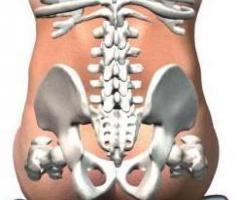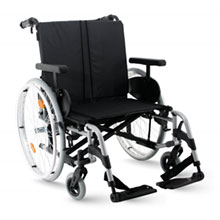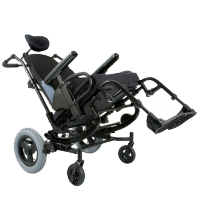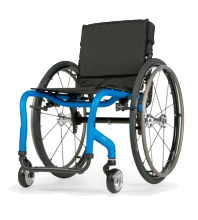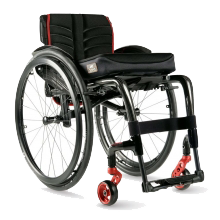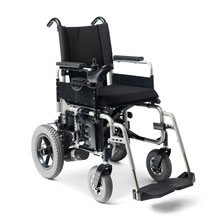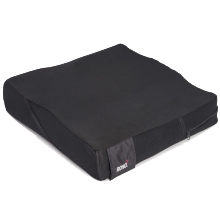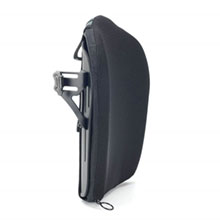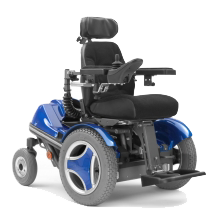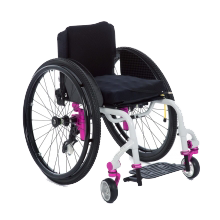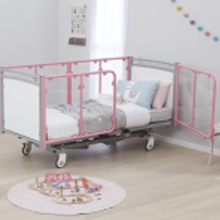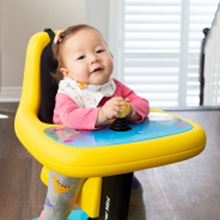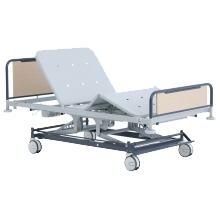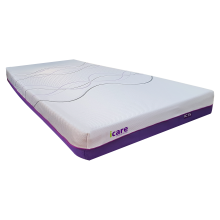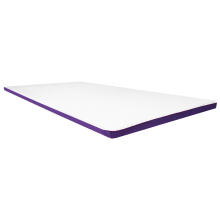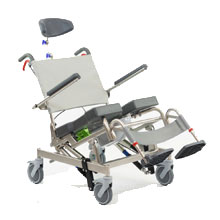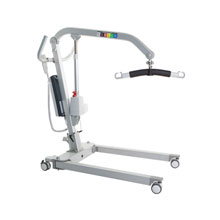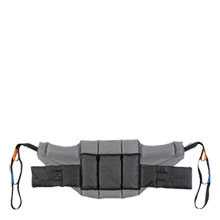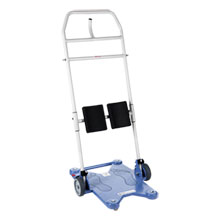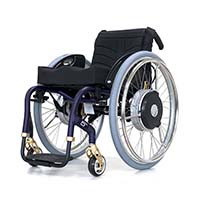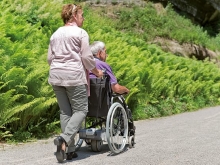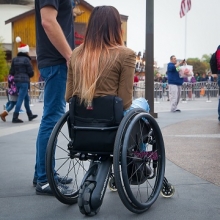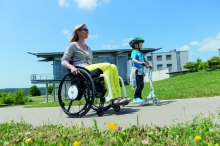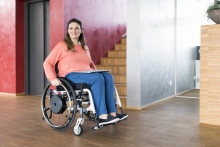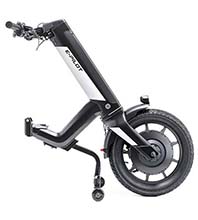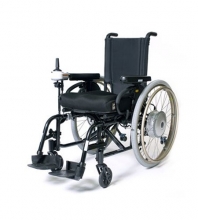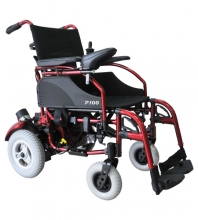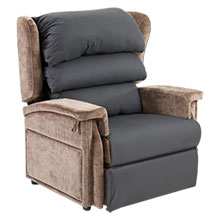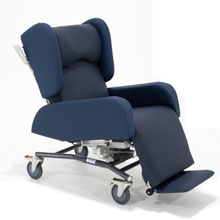| Clinical Issue | Common suggestions for intervention | Product Choice |
| Posterior Pelvic Tilt |
|
|
| Anterior pelvic tilt/Lordosis |
|
|
| Tight hamstrings |
|
Spex Cushion |
| Limited hip flexion (one side or both) |
|
Spex Cushion |
| Sliding forward on seat |
|
Spex Cushion |
| Extensor Thrust |
|
Spex Cushion |
| Leg length discrepancy |
|
Customised Spex Cushion |
| Pelvic rotation |
|
|
| Windsweeping |
|
Customised Spex Cushion |
Wheelchair Seating Positioning Tips
The pelvis is the key to maintain correct posture as it dictates the position of the head, trunk and extremities for users in wheelchairs.
Good posture is characterised by:
- Straight position of head
- Physiological curvatures of sagittal plane and straight spine in coronal plane
- Well-formed chest
- Shoulders slightly backward in relation to pelvis
- Symmetrical alignment of pelvis
Modifications to posture and position are best done in small incremental changes as these allow the user to physiologically adapt to them and for the assessor to manage the progress sufficiently.
DISCLAIMER: IN REALITY EVERY OUTCOME HAS TO BE DETERMINED ON THE CLIENT AND BASED ON THE CLINICAL EVALUATION ASSESSMENT.
